
A guide to the most used, most coveted and most innovative eyewear materials today
Do you have pure titanium or carbon fiber? Maybe some beryllium made of copper, stainless steel, acetate?
High density acetate or castor oil?
Some are luxurious or eco-friendly, while others are extremely high-tech or unusual.
By explaining the features and benefits of building materials, we aim to increase your understanding of the value of our products and strengthen your confidence in our knowledge.
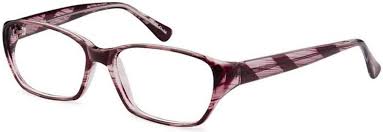
Zyl can be easily colored for crisp prints.
WHAT IT IS:
An anthropogenic material widely used for sunglasses frames, zyl is produced from vegetable cotton cellulose, stabilizers and plasticizers. It is injection molded or shredded to make a frame.
FEATURES & BENEFITS:
Zyl is light and colorful and can be created with beautiful, unusual and creative shades and prints.
DΙSADVANTAGES:
Plastic frames can break more easily than metal styles, while aging and sun exposure can slightly reduce strength.
WHAT IT IS:
A form of cellulose acetate called cellulose acetate propionate, nylon is often found in sports and sunbathing glasses.
FEATURES & BENEFITS: Flexible but rigid, nylon is light and strong. It is easily shaped into wrapping shapes. It is also hypoallergenic.
DISADVANTAGES: This nylon-based plastic can be hard and sometimes brittle. It also gets simple, subdued colors.
OTHER USES: Cellulose propionate acetate was used to print inks and nail care products


WHAT IT IS:
A mixture of metallic materials, metal alloys such as monolith is the most widely used frame material. Ticral is a commonly used mixture of titanium, copper and chromium. Beta titanium (Titanium b) is an alloy of titanium, iron, chromium, cobalt, nickel and other metals.
CHARACTERISTICS & ADVANTAGES:
Metal alloys are often corrosion resistant and are usually malleable but strong.
Ticral is nickel-free, lightweight, strong and cheaper than titanium.
DISADVANTAGES: Metal alloys may not always be corrosion resistant or hypoallergenic.
WHAT IT IS:
A mixture of metallic materials, metal alloys such as monolith is the most widely used frame material.
Ticral is a commonly used mixture of titanium, copper and chromium. Beta titanium (Titanium b) is an alloy of titanium, iron, chromium, cobalt, nickel and other metals.
CHARACTERISTICS & ADVANTAGES:
Metal alloys are often corrosion resistant and are usually malleable but strong.
Ticral is nickel-free, lightweight, strong and cheaper than titanium.
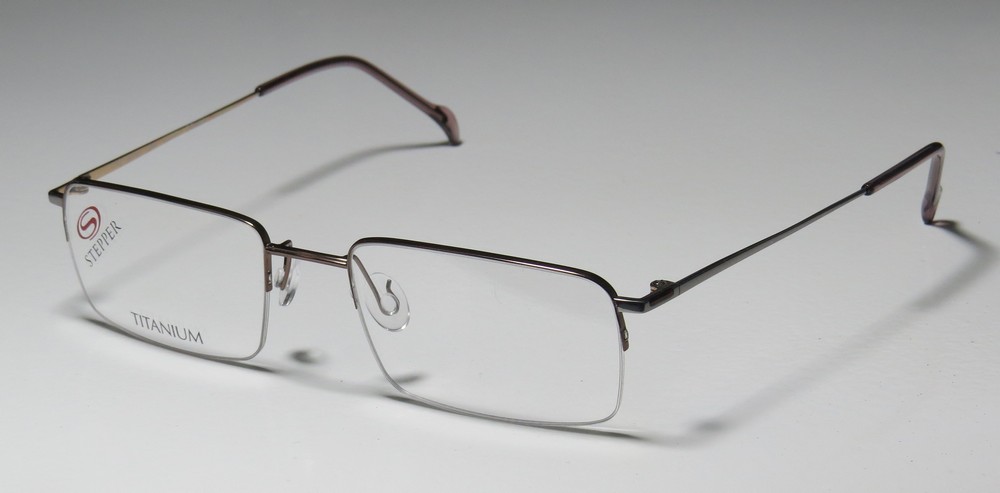
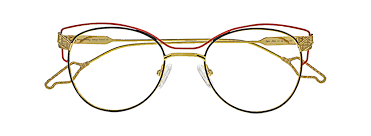
WHAT IT IS:
A widely used metal in the manufacture of glasses, stainless steel is an alloy of steel and chrome.
CHARACTERISTICS & BENEFITS:
Stainless steel is a light metal and is also corrosion resistant and generally hypoallergenic.
DISADVANTAGES:
Although corrosion resistant, stainless steel is not resistant to staining.
OTHER USES:
This metal is used in jewelry and watches. It is also used for the construction of bridges and monuments.
WHAT IT IS:
A high-tech material made up of extremely fine fibers, made up mostly of carbon atoms, that are twisted together in a crystal alignment that is incredibly strong. Other materials are added to form a composite material.
FEATURES & BENEFITS:
Carbon fibers are very light, extremely flexible, strong and durable.
OTHER USES:
Carbon fiber is a very popular and sought after material for aerospace, civil engineering and military applications. It is also coveted as a lightweight, strong material in motorsports as well as in other high-performance competitive sports.
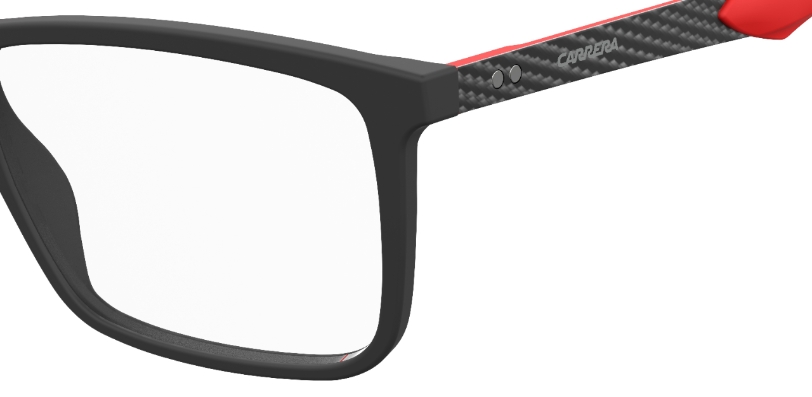
The metals are mixed with leather, acetate and rubber for sports.
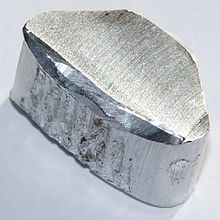
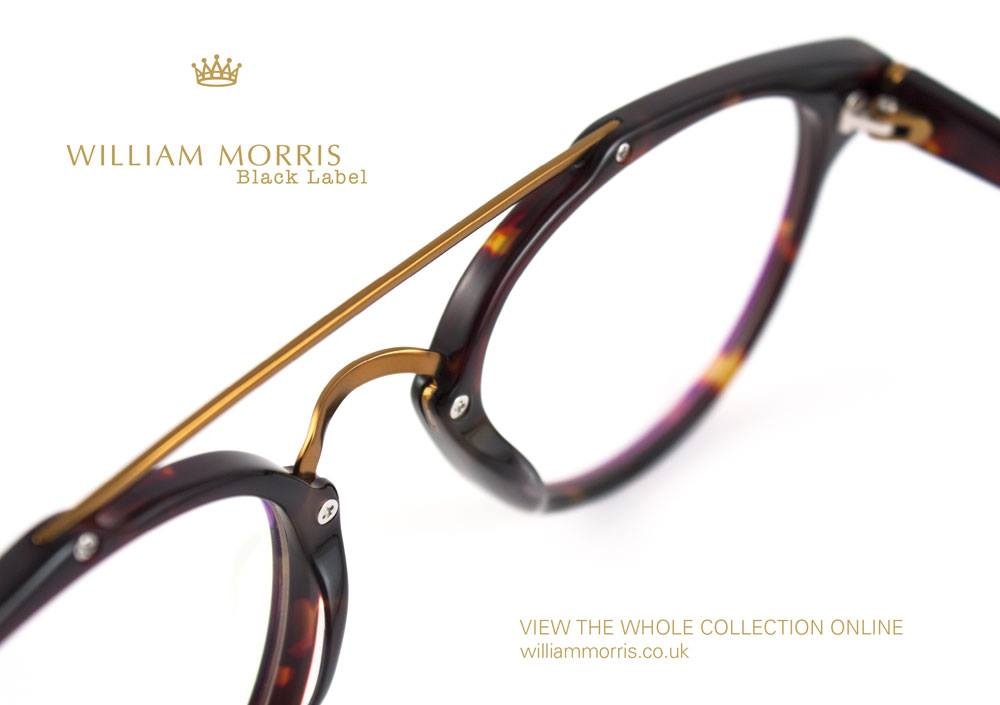
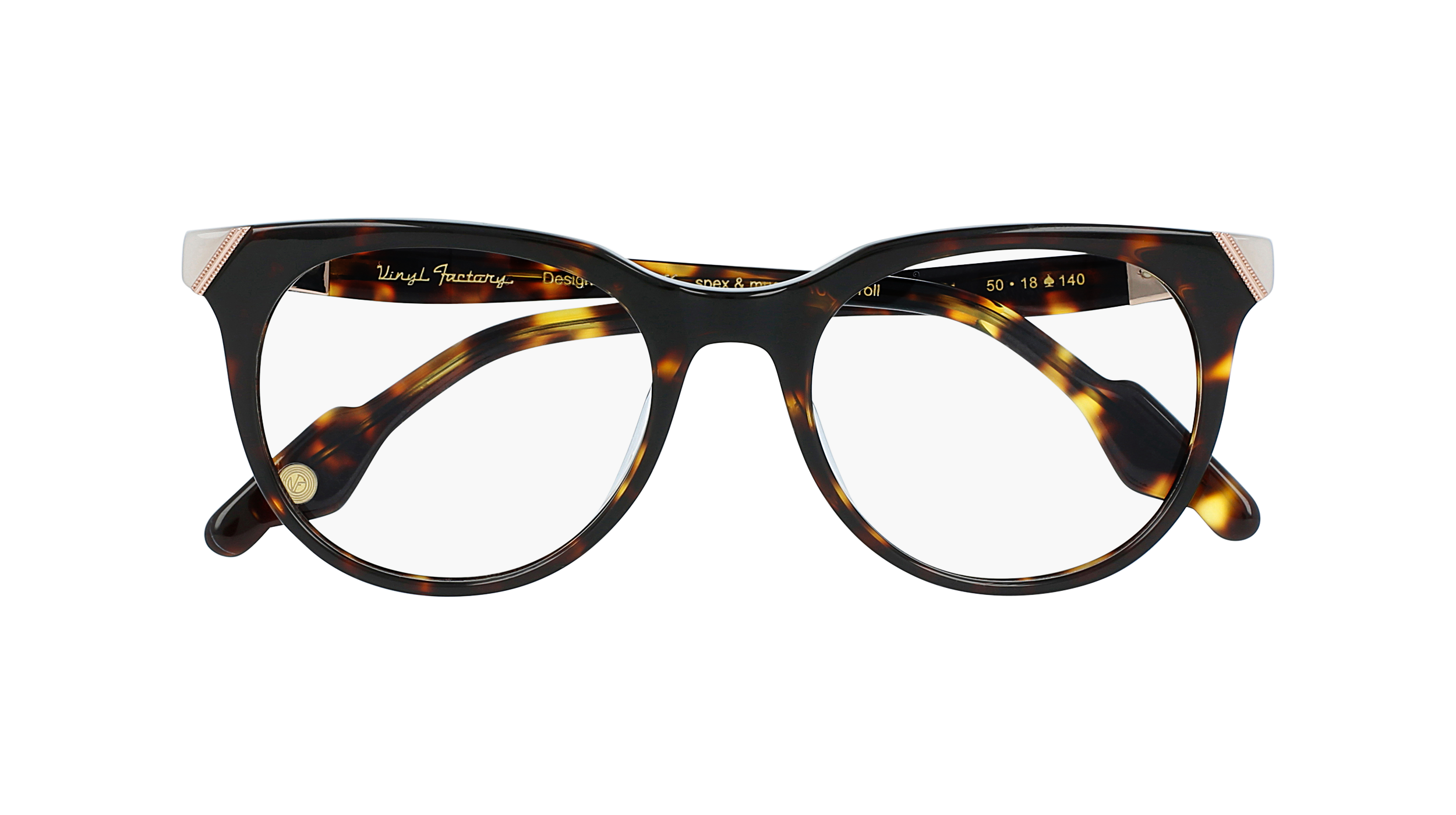
The king of Acetate, Mazzucchelli, recently launched a new material, M49 Bioplastic:
A cellulose acetate made from cotton and wood pulp fibers produced with an oil-free corn plasticizer, the new formula is expected to contain 30% of Mazz acetate in the next two years and 40% in the next five years.
"It's time for environmentally friendly and sustainable products combined with high-tech solutions."
The new line of glasses from Zeal Optics features Z Resin, also a bean-based material.
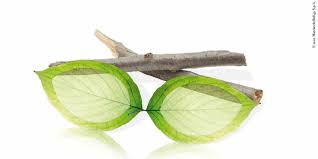

ZYLO GREECE
Uses different types of physical wood, the new Eco-Use material, a very durable frame material.
This website use cookies to ensure you get the best experience on our website.Privacy Policy
Start typing to see products you are looking for.